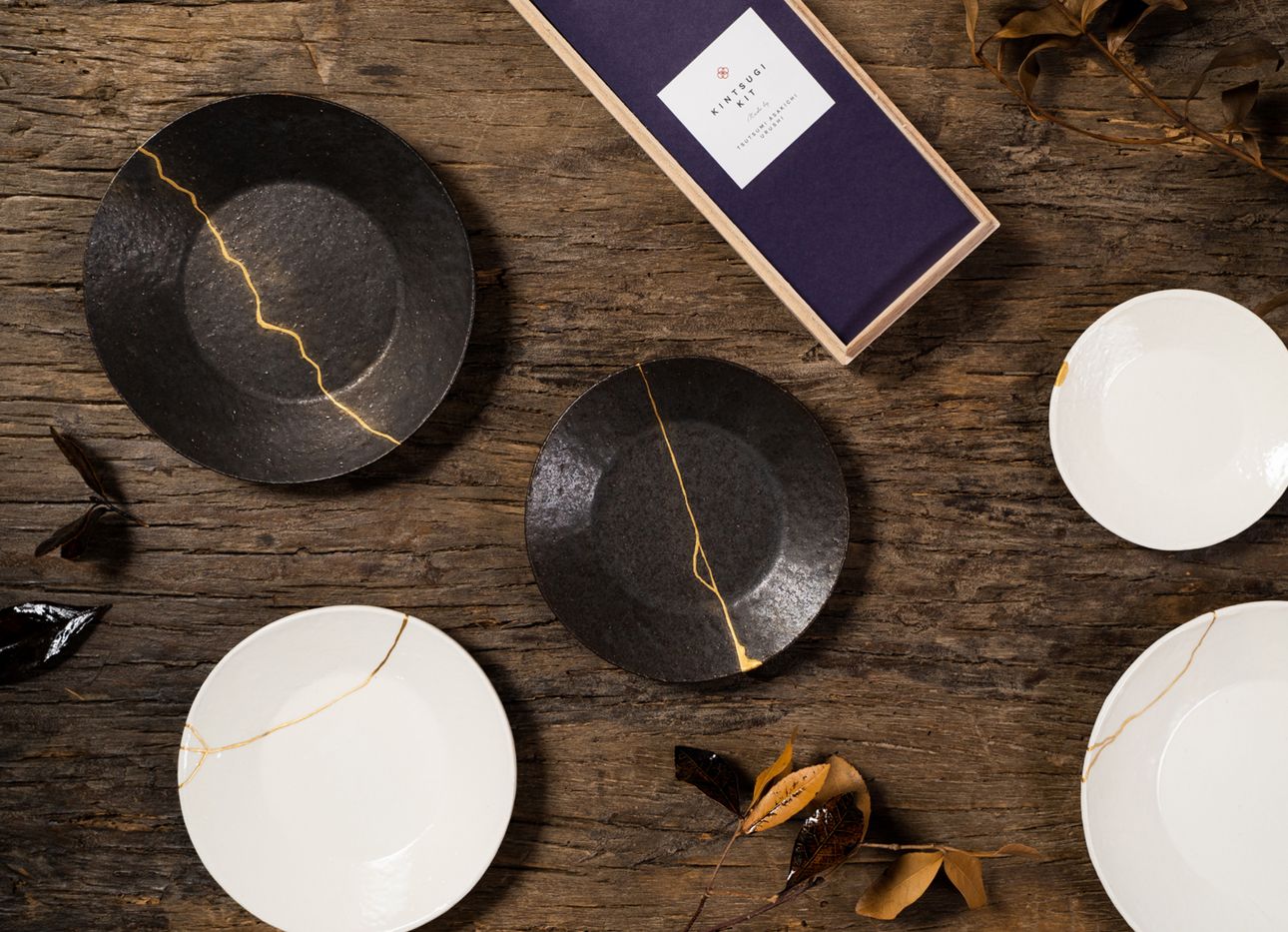
The Enduring Relevance of Kintsugi, the Japanese Art of Repairing Broken Ceramics
Is our obsession with newness an ailment of capitalism? Kintsugi, the traditional Japanese art of mending broken pottery, has been around for more than four centuries—but its philosophy of embracing flaws and imperfection to create something uniquely beautiful has only recently begun to resonate with Western cultures. The practice—which derives from the word kintsukuroi, meaning “golden repair”—sees breakage as a valuable asset that adds to an object’s history. Fragments are pieced back together with lacquer, then dusted or mixed with fine metal powders, such as gold, silver, or platinum, to emphasize cracks, rather than conceal them.
These days, you can spot the pop-culture influence of kintsugi everywhere, from Martha Stewart tutorials to the cover of writer Chanel Miller’s best-selling memoir, Know My Name, which references the practice as a visual metaphor of resilience. (The British artist and potter Edmund de Waal recently spoke about the technique on Ep. 99 of our At a Distance podcast.) You can even find a collection of faux-kintsugi tableware from the Italian luxury brand Seletti (a touch too ironic, if you ask us). While it may seem counterintuitive to buy a new product in order to repair another, Poj Studio’s kintsugi kit—developed in collaboration with a master restorer and group of multigenerational urushi (lacquer) craftsmen—makes for an authentic D.I.Y. introduction for newcomers of the craft to practice at home. At a time when the instantaneity of online shopping begets impulse buys and cheap-fix replacements, kintsugi is an enduring reminder of payoffs and delayed gratification—and a compelling alternative to throwaway culture.